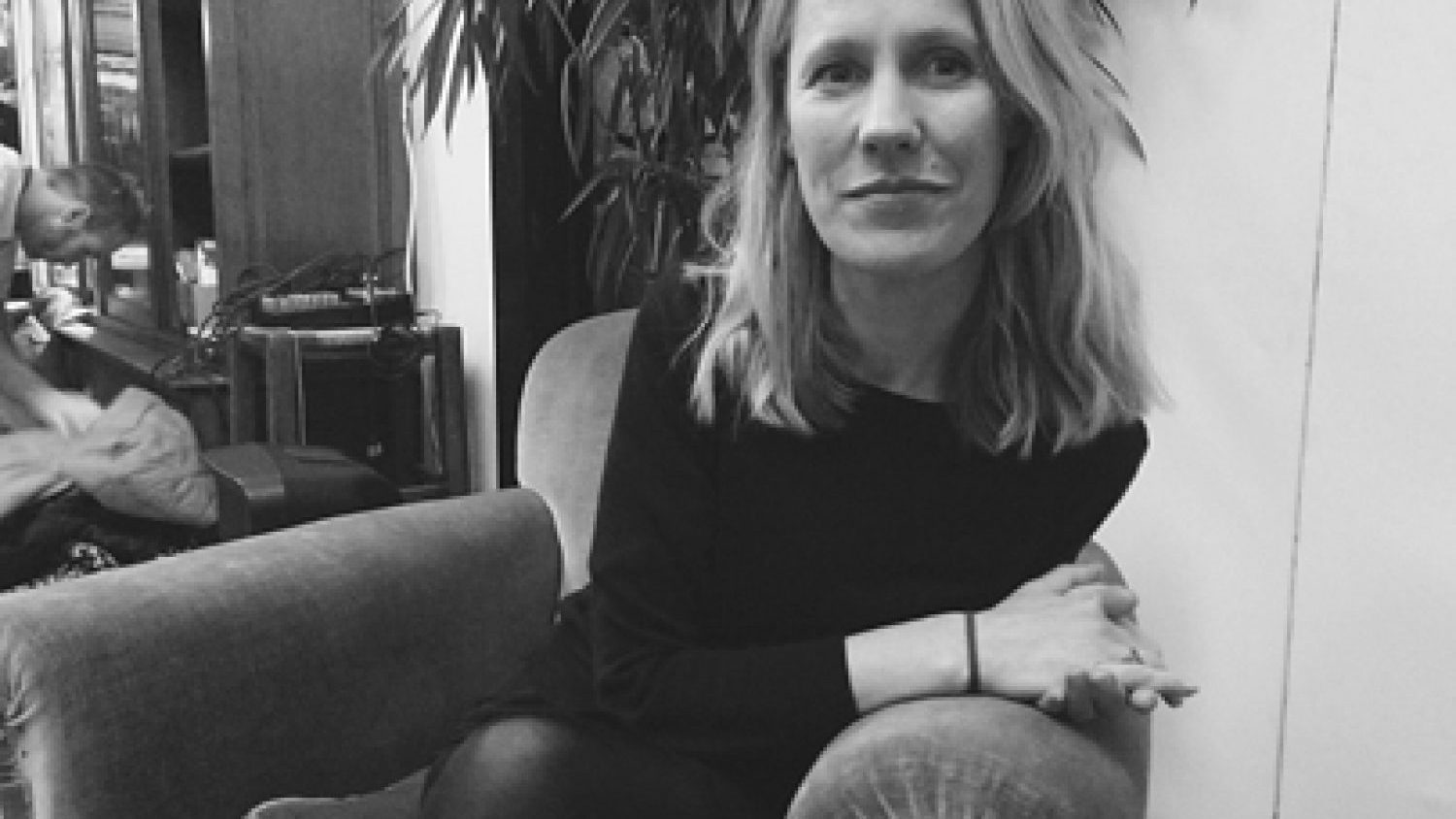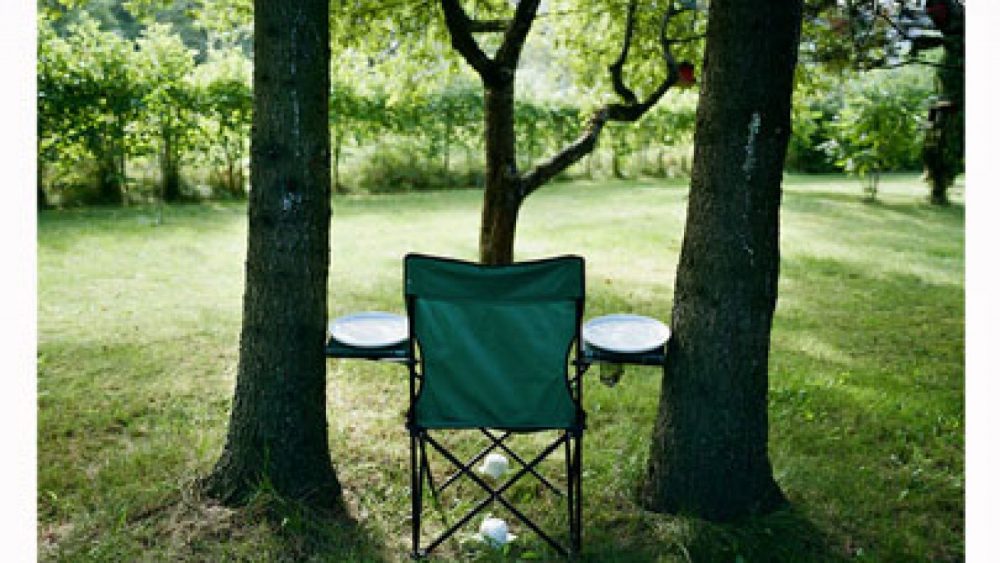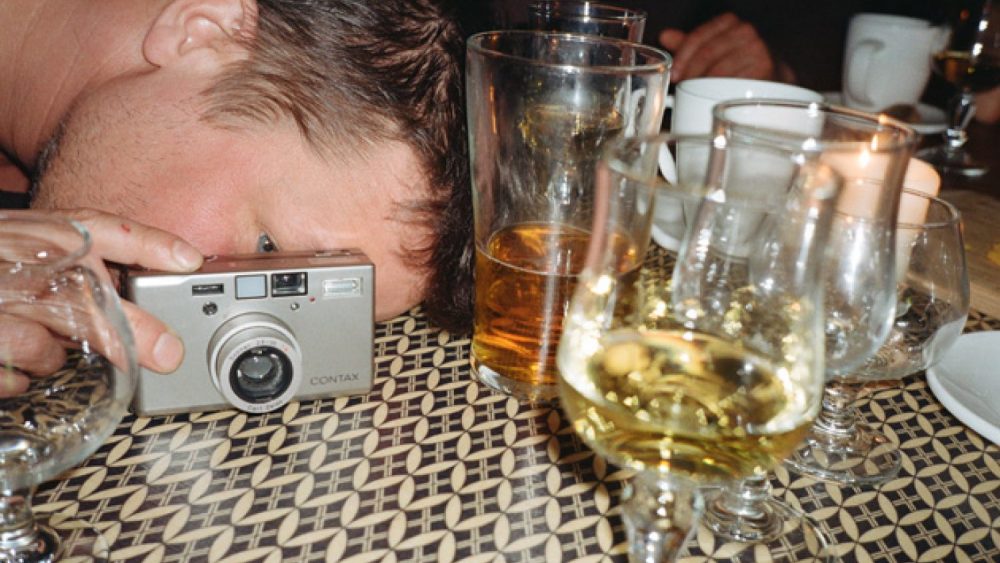Interview with Awoiska van der Molen
The routine of every magazine or site demands that at the end of the year there be a list with the highlights from the last 12 months. Anyone who has read at least some of the tops selected by professionals of the photography world will have definitely noticed Awoiska van der Molen’s name. Her book Sequester has been nominated for several prestigious awards and made it to the “Best of 2014” in The Guardian, Photo-Eye, Claxton Projects, amongst other well known magazines and sites.
The dark, rich and almost uncomfortably silent landscapes of the Dutch photographer have gained well deserved acknowledgements during the last year thanks to both the book and exhibitions. In his review, the photography critic Jörg Colberg not only praises the work, but names Sequester to be “easily one of the best photobooks in a long time”. The book higlights van der Molen’s incredible gift of, how she defines it herself, “penetrating the landscape.” Her work doesn’t just look at nature in a very concentrated way, but also questions the relationship between beings and their beginning.
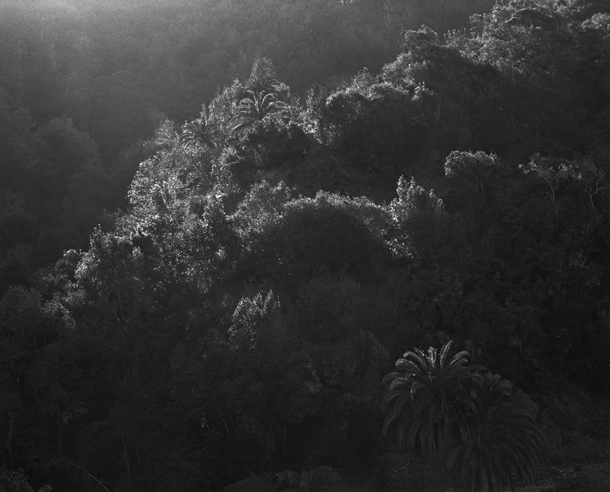
You’ve recently gained considerable international recognition with your project, which is now also published in the form of a book – Sequester.
I wouldn’t call it a project, it’s work that’s evolving, still in progress. I hope these images translate what I am experiencing while I’m on my own in the landscape for a long time. Usually I roam a landscape for two or three weeks. During this time I get connected with the environment and I start to see and feel more and more around me. It’s a slow dissolving in the place, a natural identification with the landscape. In this sort of immersion in the landscape I find both brightness, opalescence and darkness. Darkness contains for me the beginning and the end; in there lays the source of everything. I only take the camera out of the bag when I recognize a climax in the circumstances that were already present in the air during my being there. I don’t know what exactly it is and it’s hard to describe it. Is it an essence? The essence of what? Of existence? Of being?
I started to photograph these landscapes of nature in 2009. Before that, I photographed a lot of urban spaces and cities, and before that – interiors. I believe that even at this time I was already looking for this, on some level I already knew that I wanted to end up here with what can be experienced in the book. I don’t see the urban landscapes and the nature images as part of different series, because all the work I did before Sequester was part of the process – I was searching for the place where I have arrived now.
About the title – if you look up the meaning of sequester, you won’t always find this definition, but it is a kind of synonym for seclusion. It means – to separate yourself from the rest, not because you want it, but because something external forces you. It’s not always meant as something positive, but for me – while I like excluding myself from the rest, I do feel a bit forced to do it because of all the noise and superficiality of the world outside. I thought that the title for the work has to be about secluding yourself from the rest.
I read that you took the photographs in the Canary Islands.
No, that’s not correct. There are a few images from there, but the rest I photographed throughout the whole of Europe.
So, there isn’t a specific geographical place where you work?
No, but I must say that there are certain areas where I return to. This is also a mysterious thing – in these places nature exists in the exact way I am searching for it. In some places you also feel how people are, there are certain kinds of energies and you can feel it intuitively. Sometimes – even in deserted areas – there are too many villages and houses. [To photograph] I have to find a certain degree of wilderness, but of a specific kind.
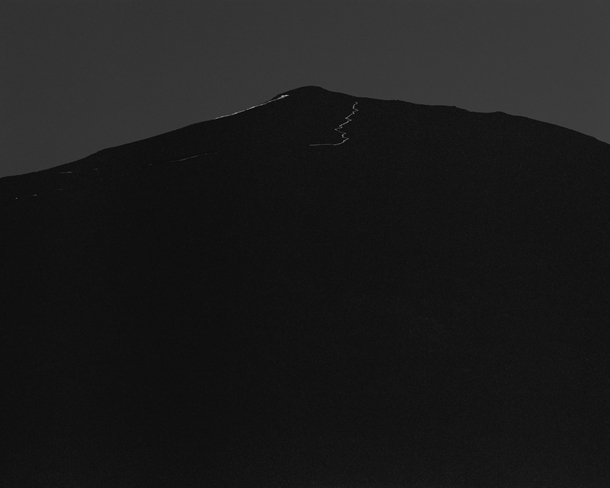
How do you find these places?
It can really happen by accident. For example, I went to an island after having read somewhere that the ice age hadn’t affected it. Therefore, there are eucalyptus forests are millions of years old. This fact made me want to go there. These are places that have ancient roots, and when I visit them, I feel like a guest of the landscape – it feels as if it reveals something to me.
When I went to Norway in December I knew that in the winter it’s dark almost all of the time. At this point I was really interested in photographing darkness, and that was why I chose to go there. Lately I’ve been photographing a lot during the day as well. But now, even though I photograph mostly during the day, the images have a feeling of being taken during night.
In general it is not about photographing during the day or night, and it’s also not about darkness. It’s not only about one thing – you have to reach the moment where you are no longer aware of what you’re doing, who you are or what you are thinking. All becomes quiet, and you reach point zero. My work is about reaching point zero. This can mean going forward, heading back, it can be life or death, and it’s always in between things.
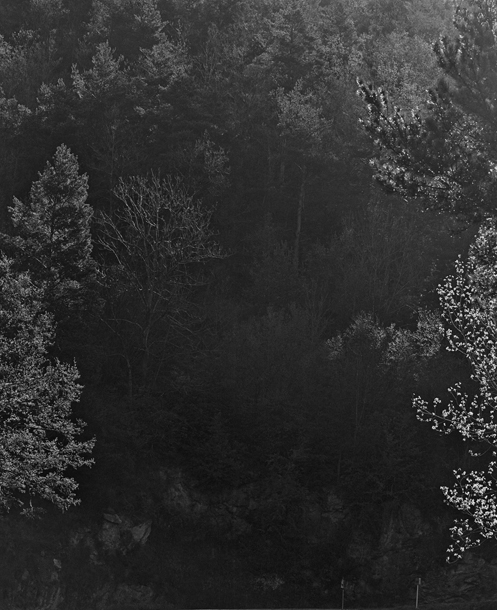
Your book was nominated for the Paris Photo – Aperture First PhotoBook Award, which is a very prestigious prize. Could you describe the process of making Sequester?
Yes, this is my first book. I had always seen my work hanging on the wall, and that is what I did for many years. I had not even made a dummy of a book, because I thought to myself that it will have no use, I am not a designer and often photographers are the worst editors of their work. For the editing of this book, I worked together with a designer and another person from the publishing house, and it’s beautiful to see how the selection and sequence of photos developed after a while working together. There are images in the book that I would never print on a larger scale, because they are almost boring or ugly, but they need to be in the book in between other images.
When we started working on the book I knew that I had to let go of the way I see my images. I was able to do that because I trusted the designer. My goal is to penetrate the landscape. So with time Hans (Gremmen, the designer of Sequester) understood the necessity of zooming into the landscape and he came up with the perfect solution for the design.
In the beginning Hans was playing with the thought of adding urban images, but I didn’t want that. I’m really happy that we ended up only with the landscapes and quietness, going in to it and piercing through this primordial blackness. It really feels like our book. The making of it was a dialogue – sometimes I would want to throw out a photo, and Hans would be completely against it. And a lot of the time I would do it his way, because I knew that someone else has a different perspective on my images than I do.
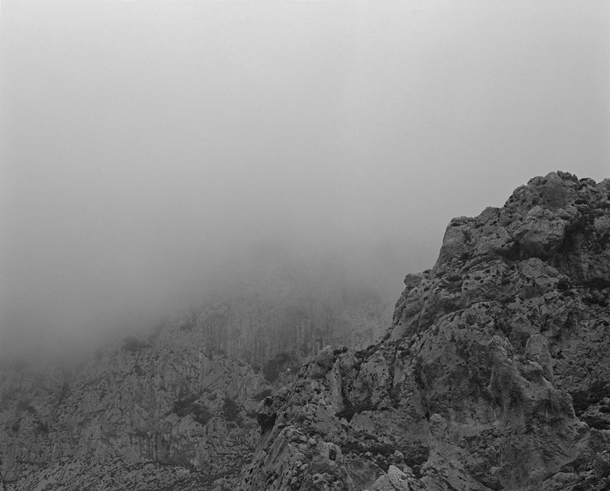
You also have more graphic images – not really properly printed photographs.
Yes, those are the parts where it is actually white ink on black paper. These images are also in full size in the book, but on these pages the photographs are zoomed in. Before making the book, I had decided that I really don’t want this classically beautiful book where you have a landscape page after page. So, this for me is a perfect solution.
I’ve read that it’s very important for you to work in the darkroom and print the work yourself. The Guardian critic Sean O’Hagan wrote that seeing your prints is a completely different experience of your work. Working in the darkroom is a dying culture – what is it that attracts you to the traditional black and white technique?
I worked in black and white already at school, and since graduation I’ve continued to work in the darkroom. In the beginning printing your own work was just a normal thing to do – when you’re fresh out of school, you don’t have the money to go and order prints in quality photo labs. I was also kind of reluctant to learn all of the necessary things to print digitally, how to work the printers and cartridges. This way of working didn’t fit me.
At that time I was already looking for silence – the urban images I did back then were taken only during night. This was already a secluding activity, and then I thought that, if later I start to exhibit – I wanted to be able to finish the process. After intensely working on my own with the subjects, I wanted to end the process in the darkroom. This grew in to being an extension of making the work, and with the landscapes the impulse grew only stronger. Here I really respect what I am photographing, while when I was working with the urban images I was often a bit restless. This was probably because I had not fully found the silence yet.
For me it would be a bit disrespectful to just scan the negatives, and give them away for someone else to create prints of it. This way I would cut the course of the creative process. There have been times when someone else has printed for me, while I was standing next to them, but it never completely satisfied me. I don’t know if [in these cases] I would have printed the images differently, but it makes me feel as if I were cheating on the subject; in this case – the landscape.

Do you think photography is losing something with the developments of digital technologies?
I don’t think it is losing something – there are people whose work can profit from digital technologies and they know how to use them best. Then there is also work which asks for more traditional techniques to be used. I think it would be boring if everything would be c-printed – with some work it’s really not necessary, because the subject, the intention or the author is different. So, no, I don’t think photography is losing something with the developments of digital technologies, I think the fact that there are more possibilities of image making nowadays enriches the medium.
What I’m more concerned about is that a lot of photography schools have closed their darkrooms. I think students should at least see the different possibilities of printing. It would be strange if developing your own films or making silver gelatine prints became a big step to do. Not being close to photography students it’s hard for me to say whether they’re losing a lot with the increase of digital technologies. But, of course, it’s already a different way of photographing when you know that there are 10 frames on your film, or this amount is almost unlimited. Maybe that’s where you lose something – after shooting and choosing images out of a total of 400 or 30, there’s a difference. When you have a limited amount of frames, your concentration grows.
Then there’s also the skin of the print and the depth of gelatine paper that’s important in the presentation of my own work. I find it important to experience this kind of tactility of the image. I’ve never made a large digital print of my work, but I think that they are often cleaner, sharper, and therefore have less spirit. Printing my work digitally would make me lose the soul that I find in the landscape.
